Successful Pole & Half Runner Beans In The South
terowan
13 years ago
Related Stories

SUMMER FRUITS AND VEGETABLESSummer Crops: How to Grow Beans
Grow your own beans for amazing variety and healthy, convenient produce all summer
Full Story
GARDENING GUIDES10 Easy Edibles for First-Time Gardeners
Focus on these beginner-friendly vegetables, herbs, beans and salad greens to start a home farm with little fuss
Full Story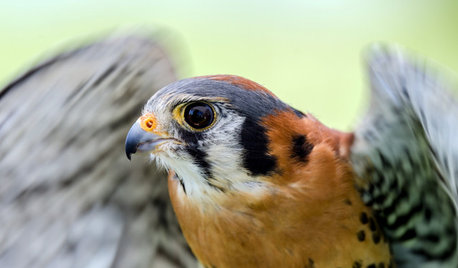
GARDENING GUIDESBackyard Birds: Create a Home for American Kestrels
These copper-colored birds of prey can be found throughout North and South America and often find habitats near human activity
Full Story
FALL GARDENINGReflecting on a Gardening Year
Mistakes and successes, surprises and comforts. The garden helps us grow in new ways every year
Full Story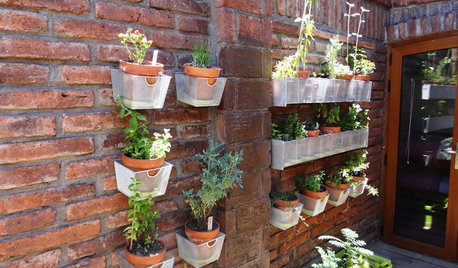
EDIBLE GARDENSHouzz Call: Where Are the Craziest Places You Grow Edibles?
Basil in a bathtub, spinach stacked up a wall ... If your edibles occupy an odd spot, we’d like to know
Full Story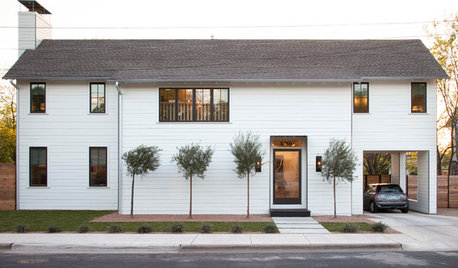
HOUZZ TOURSHouzz Tour: A Modern Take on a Traditional Texas Farmhouse
Contemporary details update the classic form in this Austin home with a kitchen designed for a professional baker
Full Story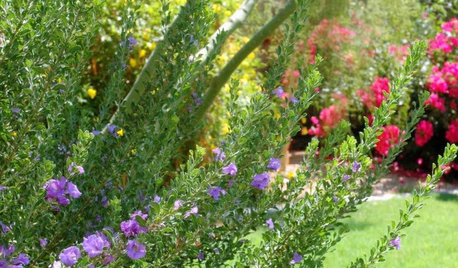
GARDENING GUIDESSouthwest Gardener's June Checklist
Protect your plants from too much sun while waiting for rain relief, and guess what? Those cacti might need a drink
Full Story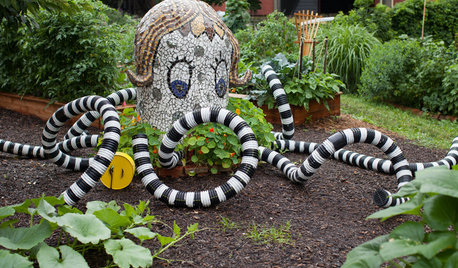
COMMUNITYArt, Edibles and Community Make Magic in a Pittsburgh Garden
With a name like Friendship, is it any wonder this neighborhood created such an enchanting community garden?
Full Story
EDIBLE GARDENSSummer Crops: How to Grow Tomatoes
Plant tomato seedlings in spring for one of the best tastes of summer, fresh from your backyard
Full Story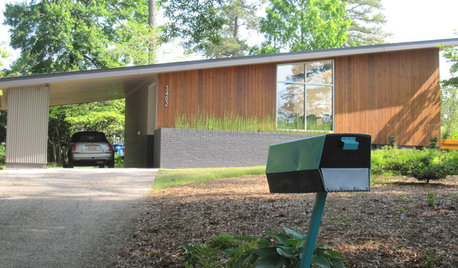
MIDCENTURY STYLEFollow One Man’s Midcentury-Mailbox Dream
An ill-fitting mailbox leads a determined dad on a quest — and possibly to a new business
Full Story





fusion_power
tracydr
Related Professionals
Clemson Landscape Architects & Landscape Designers · Allentown Landscape Contractors · Inglewood Landscape Contractors · Live Oak Landscape Contractors · Mission Landscape Contractors · Monterey Landscape Contractors · Salem Landscape Contractors · The Villages Landscape Contractors · Twin Falls Landscape Contractors · Vacaville Landscape Contractors · Goldenrod Landscape Contractors · Dorchester Center Decks, Patios & Outdoor Enclosures · Green Bay Decks, Patios & Outdoor Enclosures · Monroeville Decks, Patios & Outdoor Enclosures · Parker Decks, Patios & Outdoor Enclosuresfusion_power
tracydr
P POD
P POD
terowanOriginal Author
fusion_power
terowanOriginal Author
rodger
P POD
terowanOriginal Author